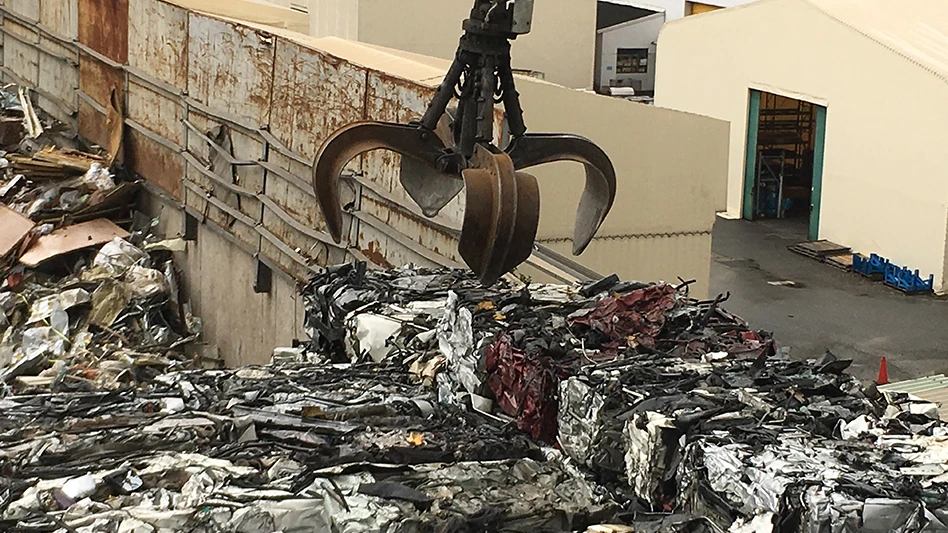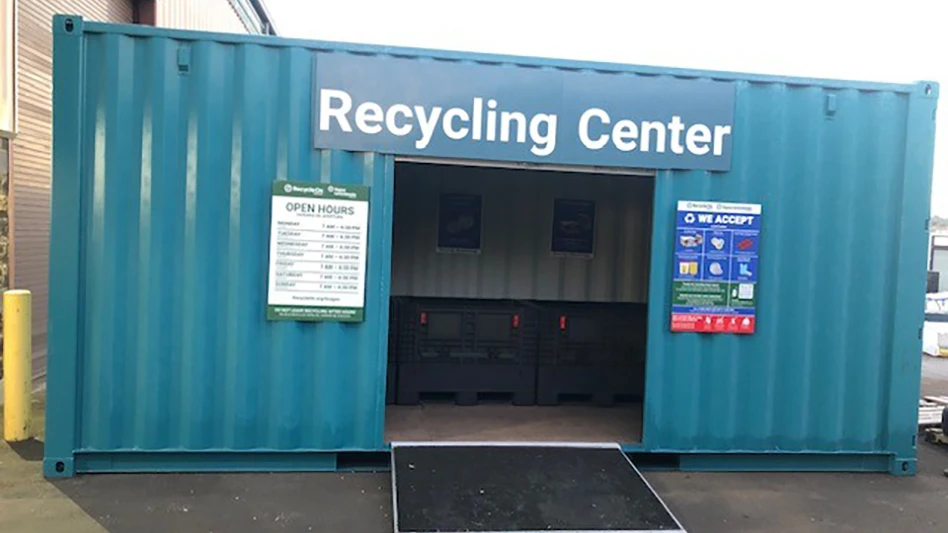
Recycling Today archives
Initial reports of domestic steel mill bidding in the United States to open ferrous scrap buying negotiations in the new year indicated the potential for a noticeable trough in value in January.
Steel mill transaction figures compiled for the Raw Material Data Aggregation Service (RMDAS) by Pittsburgh-based MSA Inc. instead reveal a gentle, slightly downward slope to start 2024 as mills were not able to obtain the discounts for which they had hoped.
In the domestic market from Dec. 21, 2023, to Jan. 19, the average value of No. 1 heavy melting steel (HMS) in the U.S. fell by just $1 per ton. The other major obsolete grade publicly tracked by RMDAS—No. 2 shredded scrap—fell by just $6 per ton nationally in that same time frame.
The biggest discount mills were able to obtain was for the No. 1 busheling prompt scrap grade, which fell by $14 per ton in value from late December of last year to mid-January of this year, according to the RMDAS data.
Reporting by Davis Index earlier this month indicates overseas buyers in nations including Turkey and Mexico had a steady presence in the market in January, supporting the price for obsolete grades like HMS and shred typically sought by overseas mills.
Domestic mills paid to stay in the market for those grades in January, judging by regional data also provided by RMDAS. The value of No. 1 HMS in the RMDAS South region demonstrated no change in January, and the grade actually gained $2 in value this month in the Midwest.
Those two regions account for approximately 89 percent of steel output in the U.S., in an approximate match with the southern, Great Lakes and Midwest regional production figures gathered by the Washington-based American Iron and Steel Institute (AISI) in a recent weekly statistical breakdown.
AISI’s statistics for the second week in January also indicate the steel sector in the U.S. is maintaining relative stability this month.
According to the association, in the week ending Jan. 13, domestic output of 1.699 million tons was down 0.5 percent from the previous week, when slightly more than 1.7 million tons of steel were made.
The most recent weekly total is up by 0.1 percent from the comparable week one year earlier, and mills currently are operating at a 76.5 percent capability utilization (capacity) rate.
Potentially playing a role in helping to support ferrous prices by the second week in January were supply concerns tied to hazardous winter driving conditions predicted and then experienced in several parts of the U.S.
Going forward, scrap processors likely will be watching closely to see what presence overseas buyers will have in the market as the February domestic mill buying calendar draws nearer.
At the conclusion of the third week of this month, Davis Index was characterizing Turkish ferrous import prices as “flat,” though adding the market seems to have “paused” while sellers and buyers try to close a perceived gap in scrap’s current value.
Nonetheless, the news service also refers to “vigorous buying” by Turkish mills at some U.S. East Coast ports and in Houston.
Contrary to most of the last three years, Indian buying appears to be more subdued, according to Davis Index, which still refers to a steady flow of Indian and Bangladeshi interest in containerized ferrous scrap from the U.S. despite “lackluster" domestic rebar and semifinished steel sales in India.
Latest from Recycling Today
- US Steel to restart Illinois blast furnace
- AISI, Aluminum Association cite USMCA triangular trading concerns
- Nucor names new president
- DOE rare earths funding is open to recyclers
- Design for Recycling Resolution introduced
- PetStar PET recycling plant expands
- Iron Bull addresses scrap handling needs with custom hoppers
- REgroup, CP Group to build advanced MRF in Nova Scotia





